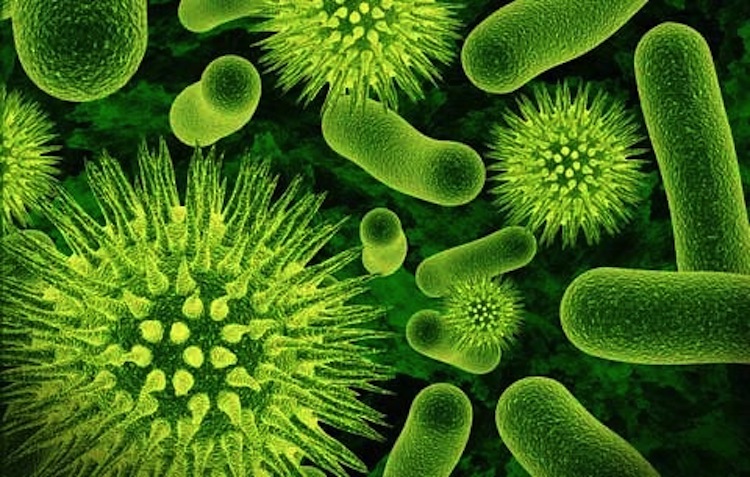Public Restrooms Home to Diverse Bacterial Communities

Though you'd probably prefer not to think about it, public restrooms teem with diverse array of bacteria, a new study shows.
Moreover, the bacteria cluster into distinct communities depending on location. The researchers identified three broad bacterial communities: those found on toilets, those found on the floor and those on surfaces touched by hands. The main source of bacteria on all surfaces was people.
The germiest place? The floor — there lies the most diverse community of bacteria, the researchers said. The average swab taken from the floor had about 230 bacterial species, compared with 150 species in swabs from other locations.
The study is far from the first to examine bugs in bathrooms, but most previous studies looked at specific bacterial species, while the new work looked at whole bacteria communities, said study researcher Noah Fierer, an assistant professor at the University of Colorado.
It is also one of the first to identify bacteria based on their genes, which allowed the researchers to identify bacteria found in a bathroom that would not grow in a culture, Fierer said.
The findings are another reminder that it's a good idea to wash your hands after you use the restroom, but they also drive home the point that germs are inescapable.
"No matter what people want to think, there's bacteria all over the place," Fierer said. "It's usually not something to be paranoid about," because many species are harmless, Fierer said.
Get the world’s most fascinating discoveries delivered straight to your inbox.
The researchers analyzed bacteria from 12 public restrooms (six male and six female) in Colorado.
Bacteria found on toilets consisted mostly of species found in the human gut — this indicates fecal contamination of these surfaces, Fierer said. Floor surfaces contained bacteria commonly found in soils, and surfaces touched by hands, such as faucets and countertops, contained bacteria commonly found on human skin.
"You can infer [people's] behavior by looking at the bacteria on these surfaces," Fierer said.
There was little difference between male and female bathrooms in terms of how many bacteria colonized them, however, the types of bacteria varied between the two types of restrooms.
For example, a family of bacteria known as Lactobacillaceae were more abundant on surfaces in female restrooms, the researchers said. Bacteria in this family are commonly found in the vaginas of reproductive-age women, they said.
The technique the researchers used didn't allow them to identify specific types of potentially harmful bacteria. However, "the prevalence of gut and skin-associated bacteria throughout the restrooms we surveyed is concerning," the researchers wrote in the November issue of the journal PLoS ONE.
This indicates pathogens commonly found on the skin, "could readily be transmitted between individuals by the touching of restroom surfaces," they said.
Pass it on: A diverse number of bacteria colonize public restrooms, so it's a good idea to wash your hands after using one.
Follow MyHealthNewsDaily staff writer Rachael Rettner on Twitter @RachaelRettner. Find us on Facebook.

Rachael is a Live Science contributor, and was a former channel editor and senior writer for Live Science between 2010 and 2022. She has a master's degree in journalism from New York University's Science, Health and Environmental Reporting Program. She also holds a B.S. in molecular biology and an M.S. in biology from the University of California, San Diego. Her work has appeared in Scienceline, The Washington Post and Scientific American.


